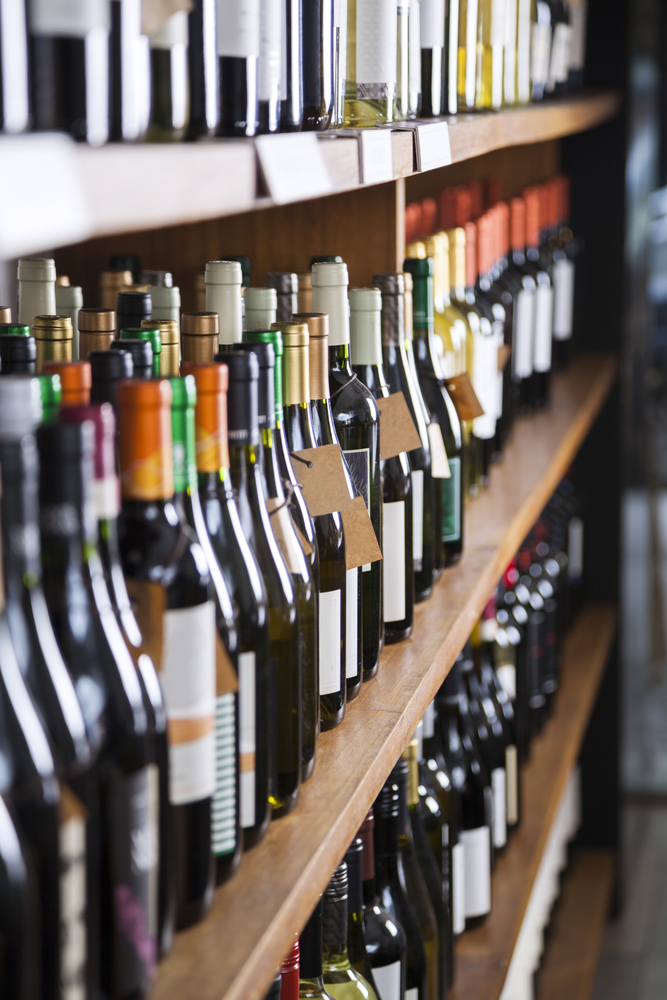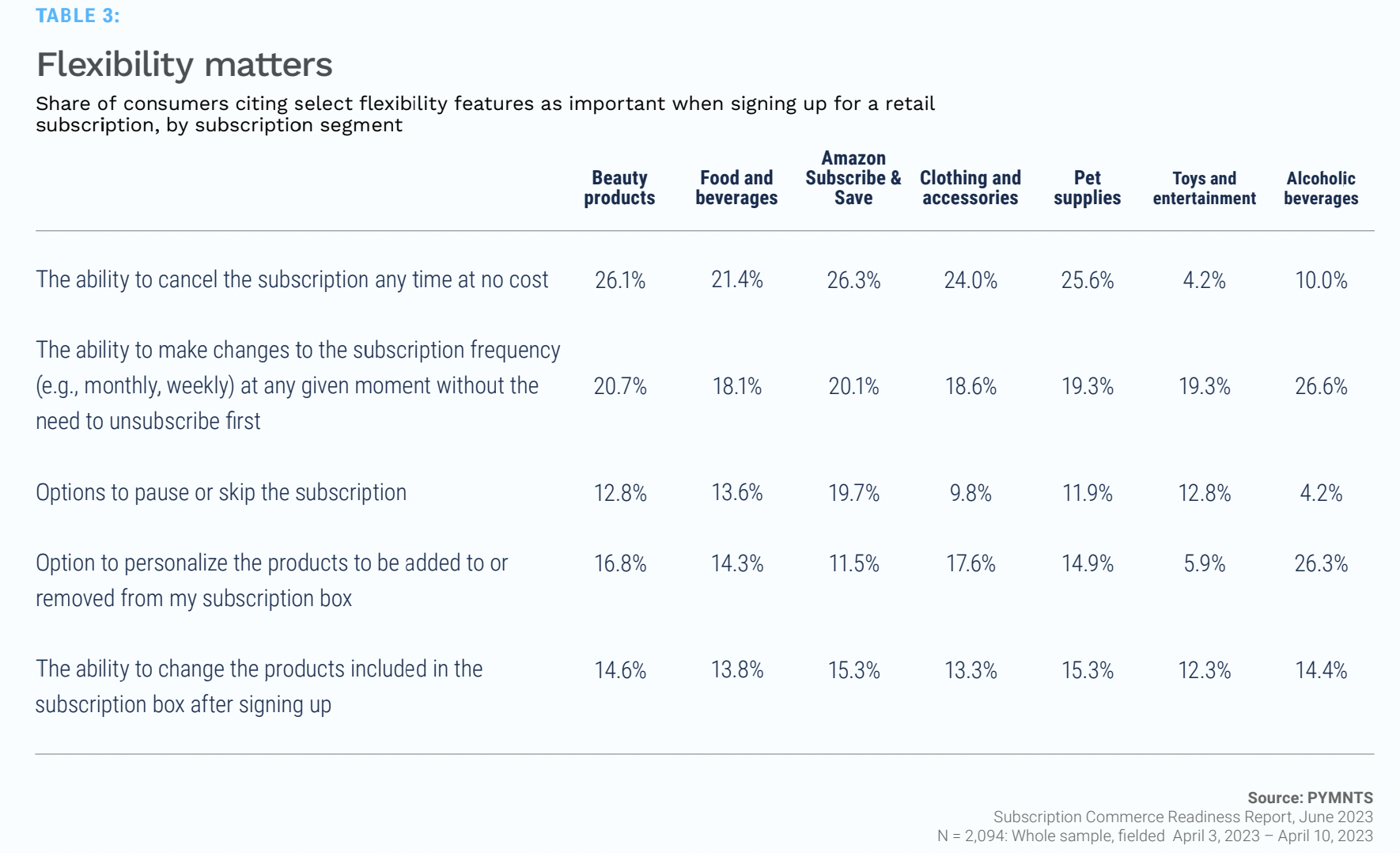
Consumers who join alcoholic beverage subscription programs, PYMNTS research reveals, may nonetheless not be ready to commit to receiving their boxes, say, every week. Rather, they want to be able to switch up the frequency based on their needs at that moment.
By the Numbers
For the June edition of Subscription Commerce Readiness Report, The Loyalty Factor, we surveyed a census-balanced panel of more than 2,000 U.S. consumers with product subscriptions in April to understand what motivates their subscription behavior.

The study found that, for consumers who hold alcoholic beverage subscriptions, the feature that is most important to them as far as flexibility goes is the ability to make changes to the subscription frequency at any given moment without the need to unsubscribe first — to go from weekly to monthly, for instance, or vice versa.
The Data in Context
As many brands across industries have found, set-interval subscriptions really only work when consumers truly consume the product frequently and regularly. As such, alcohol subscriptions depend on consumers drinking roughly the same amount consistently.
“Subscribe & Save doesn’t work with a lot of items because people don’t consume them on a day-to-day basis,” Brett Cramer, owner of seasonings brand The Spice Lab, which abandoned the model, told PYMNTS in an interview.“It has to be a product that people consume in less than 30 days.”
That said, consumers are drinking more alcohol at home as they rein in their spending in response to inflation, Uber-owned alcoholic beverage delivery service Drizly shared in its annual “Consumer Trend Report,” this year. As such, now may be a good time to be in the alcoholic beverage delivery space.
“With inflation, staying in is the new going out,” the report stated, as 26% of respondents will spend more on drinks for home consumption this year versus in bars and restaurants, and 20% will be “self-bartending” more.